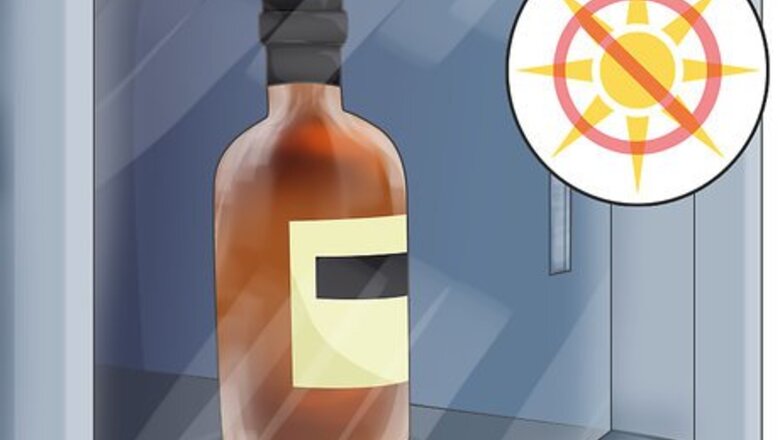
views
Storing Whiskey in Unopened Bottles
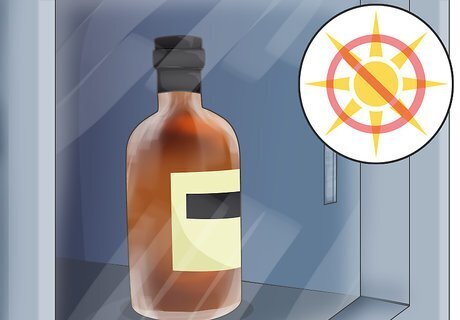
Protect your bottles from direct light. Exposure to a lot of light—especially sunlight—sets off chemical reactions that will both discolor your whiskey and affect its flavor. Keep your whiskey in a dark area, such as a wine cellar, cupboard, box, or darkened pantry. If you are a collector or retailer interested in showing off your bottles, keep in mind that exposure to direct sunlight will also cause the label to fade. If you must show off your whiskey some place where it will be exposed to light, consider placing it behind a window with a UV-blocking coating.
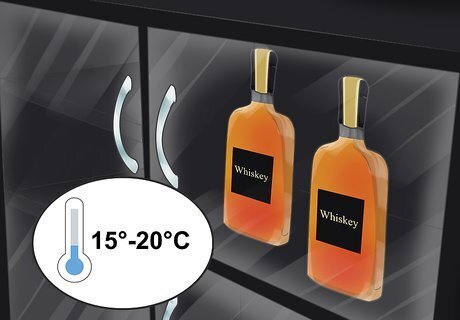
Keep your bottles in a place with cool, stable temperatures. Temperature fluctuations, and especially exposure to heat, can affect the quality of your whiskey. When whiskey gets hot, it expands in the bottle, which can eventually damage the seal and let in oxygen. Keep your whiskey in a cool, temperature-controlled room or container. Try to store your whiskey in an area where the temperature stays between 15 and 20° C (59-68° F). Refrigerating your whiskey or storing it in the freezer will not hurt it, but whiskey is less flavorful and aromatic when it is cold.
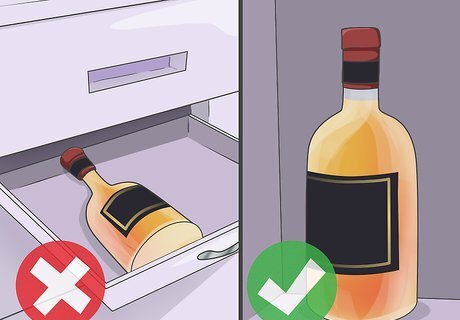
Store your bottles upright. Always keep your whiskey bottles in a vertical position. If stored horizontally or upside-down, your whiskey will constantly be in contact with the cork, eventually causing the cork to deteriorate. This can affect the taste of your whiskey and allow oxygen to leak into the bottle.
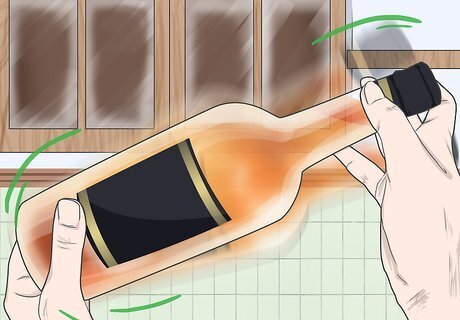
Turn your bottles occasionally to moisten the cork. You don't want your cork to be in constant contact with the whiskey in the bottle. However, a cork that is completely dry may crumble or chip when you open the bottle. Keep your cork moist by turning the bottle upside-down for a few seconds once a month.
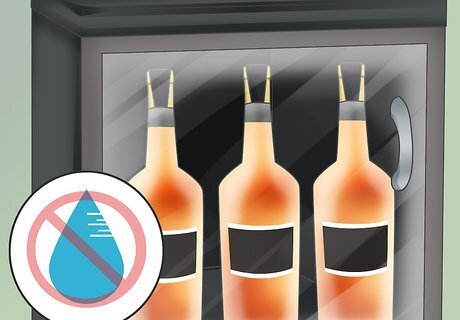
Store your bottles away from humidity (optional). If your bottle is well-sealed, humidity won't harm the whiskey itself. If you're concerned about keeping your bottles looking nice, however, it's a good idea to store them in an area with low humidity. Too much humidity can damage the label or even cause it to get moldy.
Keeping Whiskey Fresh after Opening

Continue to protect your whiskey from light and heat. Once your whiskey is opened, you will need to keep protecting it from the elements. Store it in a cool, dark area, such as a wine cellar, pantry, cabinet, or box. A mostly-full, opened bottle of whiskey should stay good for about a year if kept away from heat and light.
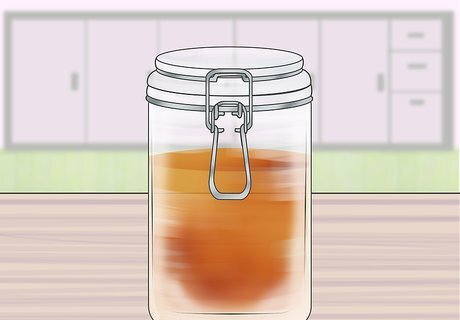
Store your whiskey in a well-sealed container. The greatest enemy of an opened bottle of whiskey is oxygen. As oxygen gets into the bottle, it reacts with the whiskey, eventually dulling the flavor. Minimize your whiskey's exposure to oxygen by keeping it tightly sealed. If the original cork just isn't cutting it, you can purchase a bottle cap that creates an airtight seal (such as a Polyseal cap) or transfer your whiskey to a hermetically sealed glass container.
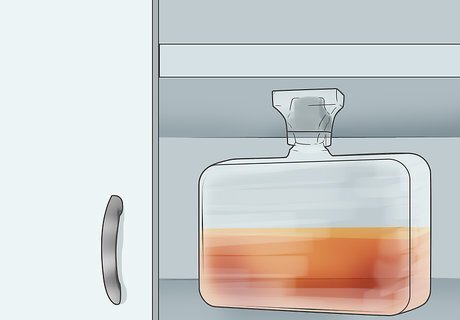
Transfer your whiskey to a decanter, if you wish. Unlike wine, whiskey doesn't really benefit from being decanted. However, decanting your whiskey also won't harm it, and a decanter makes an attractive and flashy serving container. Just make sure your decanter has a tight seal, and keep it in a cool, temperature-controlled area. Avoid decanters made from leaded crystal. Although these containers are very attractive and sparkly, there is a risk of lead leaching into your whiskey if you use them for long-term storage.
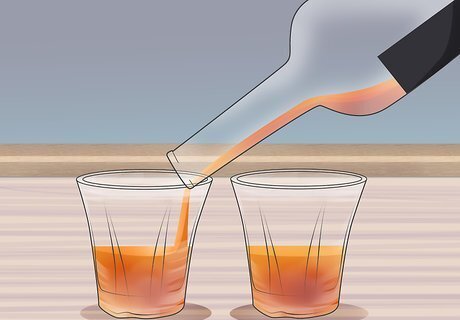
Finish off your bottle quickly once it starts to get low. The more “headroom” a bottle of whiskey has, the faster it will begin to oxidize. In other words, a mostly full bottle of whiskey will stay fresh a lot longer than a bottle that's mostly empty. A mostly full bottle of whiskey can stay good for up to a year after opening, but a bottle that's only a quarter full will start to get flat in about a month. Once your bottle starts getting low (e.g., at around the 1/3rd mark), it may be time to invite a few friends over for a drink! You can also keep your whiskey fresh longer by transferring it into smaller containers as the level in the bottle starts to get low.
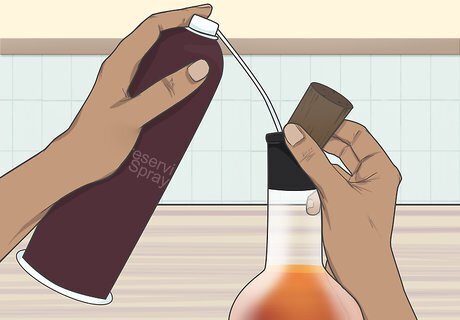
Preserve whiskey longer with a preserving spray. These sprays consist of harmless, inert gasses (such as nitrogen and argon) that create a buffer between the whiskey and the oxygen that would normally collect in the empty part of the bottle. Although they are typically marketed as wine-preserving sprays, they also work for whiskey and other spirits. Follow the directions on the package to determine how to use the preserving spray. You can purchase these sprays online, or you may be able to find them at your local liquor store.

















Comments
0 comment